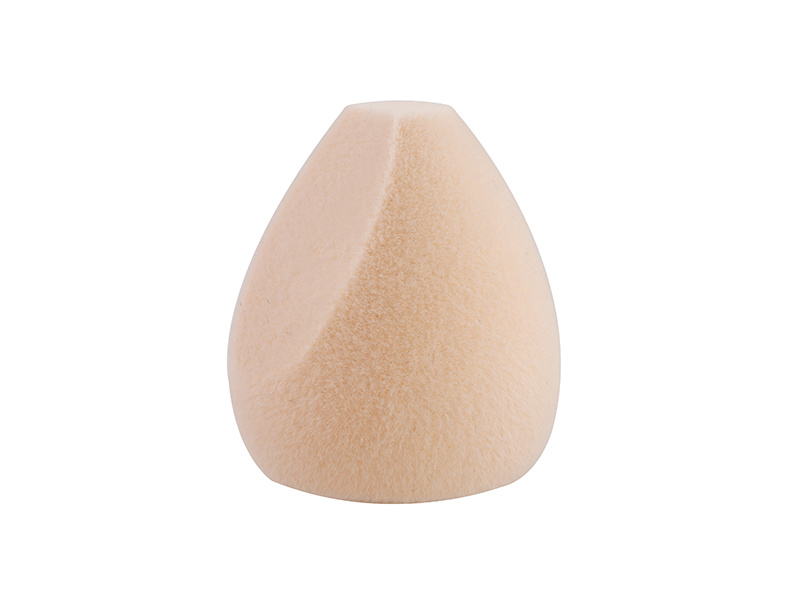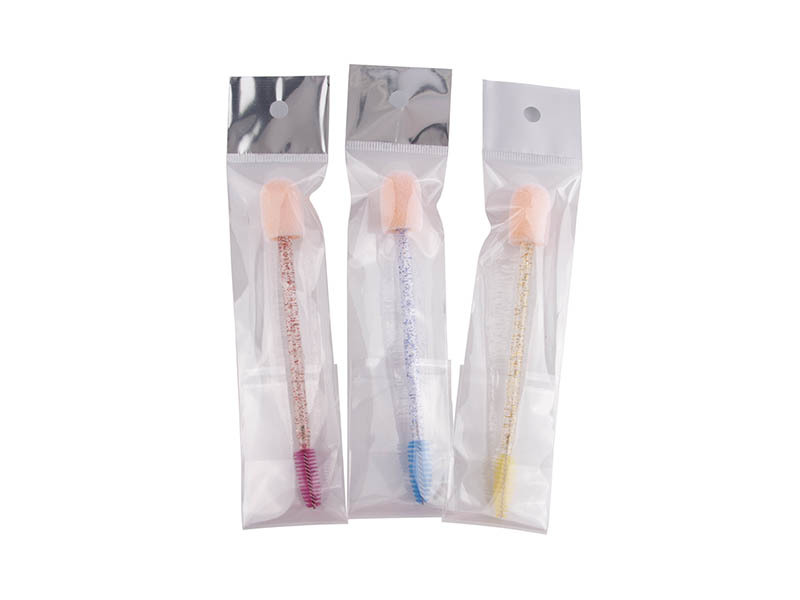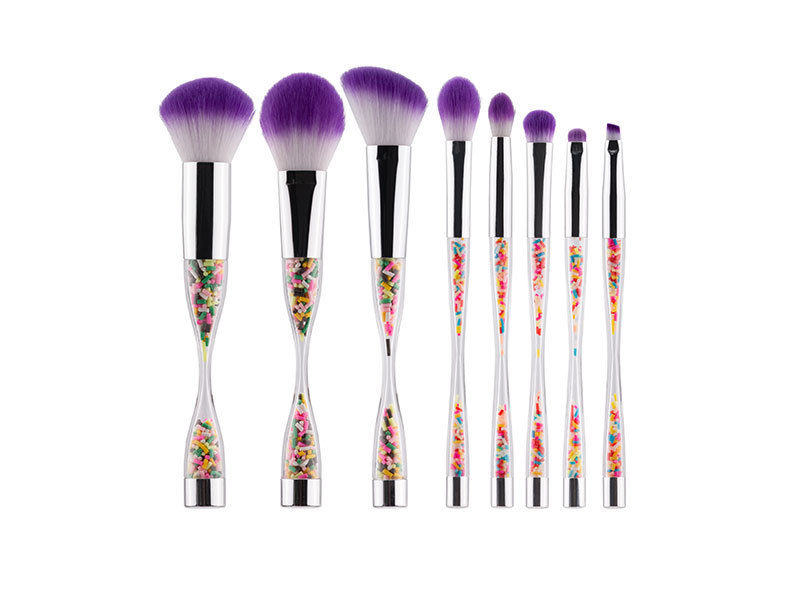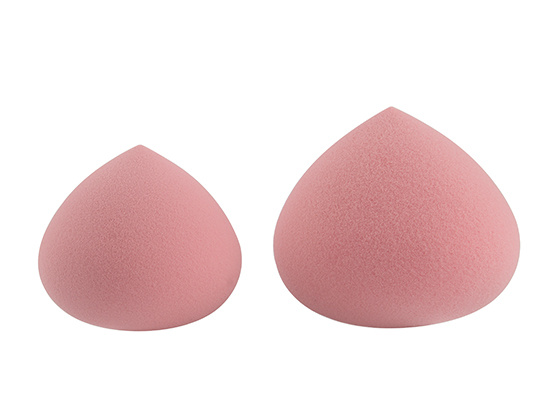The Essential Guide to Choosing Sponges and Puffs for Your Beauty Routine
Release Time:
Jul 20,2025
When it comes to beauty and makeup application, the importance of the right tools cannot be overstated. Sponges and puffs play a significant role in achieving a flawless look, whether you're applying foundation, concealer, or setting powder. Understanding the distinct types of sponges and puffs available and how to use them effectively can elevate your cosmetic application skills. One of the prima

When it comes to beauty and makeup application, the importance of the right tools cannot be overstated. Sponges and puffs play a significant role in achieving a flawless look, whether you're applying foundation, concealer, or setting powder. Understanding the distinct types of sponges and puffs available and how to use them effectively can elevate your cosmetic application skills.
One of the primary types of sponges is the makeup sponge, often made from materials like latex, polyurethane, or silicone. These sponges come in various shapes and sizes, each designed for specific applications. For instance, the classic teardrop shape is perfect for blending foundation seamlessly into the skin, while a flat-edged sponge is ideal for precise contouring. When choosing a makeup sponge, consider the density and texture; a softer, more porous sponge absorbs moisture and product better, resulting in a more natural finish.
Puffs, on the other hand, are typically made from soft fabrics like velvet or cotton and are commonly used for applying powder products. They are excellent for setting makeup, especially in areas that tend to crease, like under the eyes. A key benefit of using a puff is its ability to press powder into the skin, creating a long-lasting matte finish. When selecting a puff, look for one with a convenient size and a soft texture to avoid irritation during application.
For optimal results, it's crucial to maintain your sponges and puffs properly. Regular cleaning is necessary to prevent the buildup of bacteria, which can lead to skin irritations or breakouts. A simple wash with mild soap and warm water after each use, followed by thorough drying, can extend the life of these tools and ensure a hygienic application. Additionally, consider replacing them every few months to maintain their effectiveness and performance.
Another important aspect to consider is the application technique. For sponges, dampening the sponge before use can help in achieving a dewy, airbrushed finish, as the moisture allows for smoother blending. When using a puff, a stippling motion is often recommended for pressing powder into the skin rather than dragging it, which can disturb the makeup underneath.
In conclusion, understanding the various types of sponges and puffs, along with their specific uses and maintenance, can significantly enhance your makeup application process. By selecting the right tools and employing effective techniques, you can achieve a polished and professional look that lasts throughout the day. Whether you are a makeup artist or an everyday user, investing time in the right sponges and puffs can make a world of difference in your beauty routine.
One of the primary types of sponges is the makeup sponge, often made from materials like latex, polyurethane, or silicone. These sponges come in various shapes and sizes, each designed for specific applications. For instance, the classic teardrop shape is perfect for blending foundation seamlessly into the skin, while a flat-edged sponge is ideal for precise contouring. When choosing a makeup sponge, consider the density and texture; a softer, more porous sponge absorbs moisture and product better, resulting in a more natural finish.
Puffs, on the other hand, are typically made from soft fabrics like velvet or cotton and are commonly used for applying powder products. They are excellent for setting makeup, especially in areas that tend to crease, like under the eyes. A key benefit of using a puff is its ability to press powder into the skin, creating a long-lasting matte finish. When selecting a puff, look for one with a convenient size and a soft texture to avoid irritation during application.
For optimal results, it's crucial to maintain your sponges and puffs properly. Regular cleaning is necessary to prevent the buildup of bacteria, which can lead to skin irritations or breakouts. A simple wash with mild soap and warm water after each use, followed by thorough drying, can extend the life of these tools and ensure a hygienic application. Additionally, consider replacing them every few months to maintain their effectiveness and performance.
Another important aspect to consider is the application technique. For sponges, dampening the sponge before use can help in achieving a dewy, airbrushed finish, as the moisture allows for smoother blending. When using a puff, a stippling motion is often recommended for pressing powder into the skin rather than dragging it, which can disturb the makeup underneath.
In conclusion, understanding the various types of sponges and puffs, along with their specific uses and maintenance, can significantly enhance your makeup application process. By selecting the right tools and employing effective techniques, you can achieve a polished and professional look that lasts throughout the day. Whether you are a makeup artist or an everyday user, investing time in the right sponges and puffs can make a world of difference in your beauty routine.
Keywords:
More News
SAF Coolest v1.3.1.2 设置面板 TVISX-ATJJ-DSZAE-ZDE
图片ALT信息: Alpha
违禁词: 第一,最,一流,领先,独一无二,王者,龙头,领导者,极致,
无数据提示
Sorry,The current column is being updated, so stay tuned!
You can view other columns or return Home







